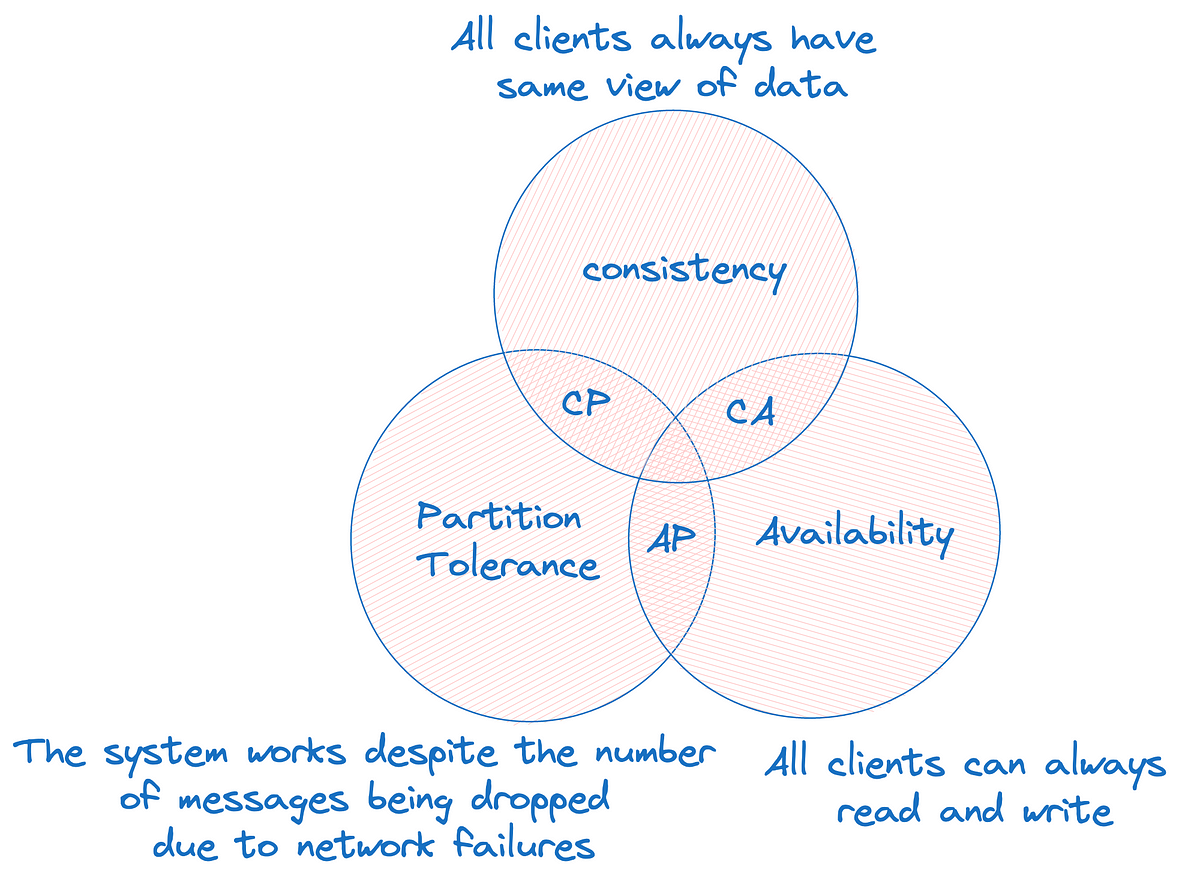
The CAP Theorem and Blockchain Systems
CAP Theorem and its use with different types of distributed systems such as blockchain systems

CAP Theorem and its use with different types of distributed systems such as blockchain systems
](https://www.tony.software/papers/brewers_conjecture_feasibility_consistent_available_partition_tolerant_web_services.png)
When designing distributed web services, there are three properties that are commonly desired: consistency, availability, and partition tolerance. It is impossible to achieve all three. In this note, we prove this conjecture in the asynchronous network model, and then discuss solutions to this dilemma in the partially synchronous model.
](https://www.tony.software/papers/cap_twelve_years_later.png)
In the decade since its introduction, designers and researchers have used (and sometimes abused) the CAP theorem as a reason to explore a wide variety of novel distributed systems. The NoSQL movement also has applied it as an argument against traditional databases. The CAP theorem states that any networked shared-data system can have at most two of three desirable properties: consistency (C) equivalent to having a single up-to-date copy of the data; high availability (A) of that data (for updates); and tolerance to network partitions (P). This expression of CAP served its purpose, which was to open the minds of designers to a wider range of systems and tradeoffs; indeed, in the past decade, a vast range of new systems has emerged, as well as much debate on the relative merits of consistency and availability. The “2 of 3” formulation was always misleading because it tended to oversimplify the tensions among properties. Now such nuances matter. CAP prohibits only a tiny part of the design space: perfect availability and consistency in the presence of partitions, which are rare. ...